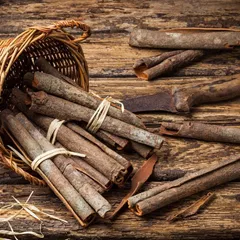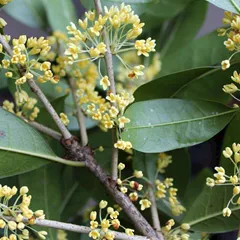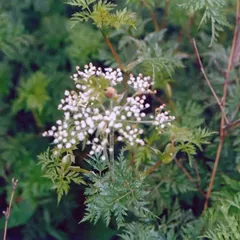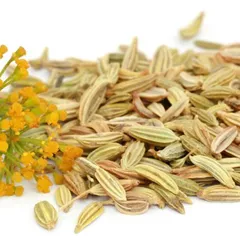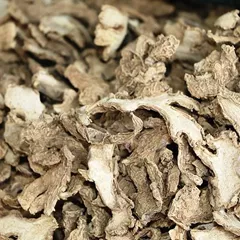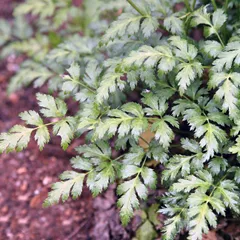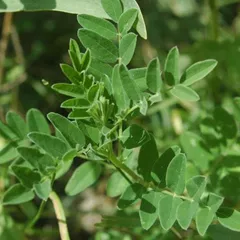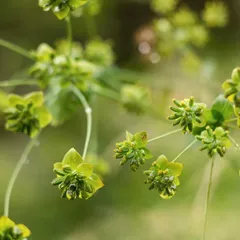Xiao Tiao Jing Tang
Xiao Tiao Jing Tang
Chinese: 小调经汤
Pinyin: Xiǎo Tiáo Jīng Tāng
Other names: Minor Regulating the Menses Decoction
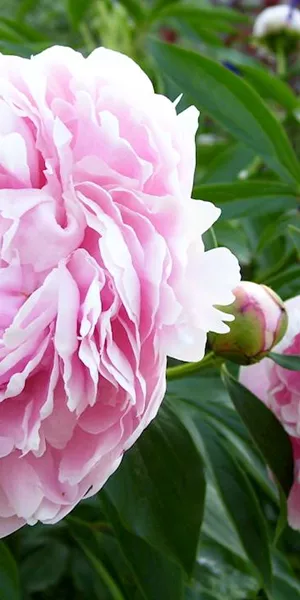
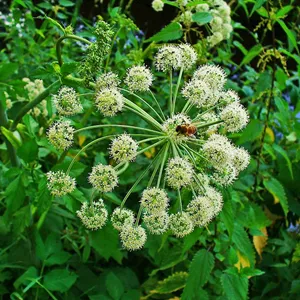
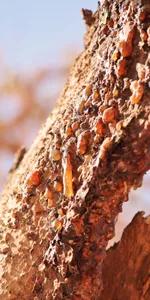
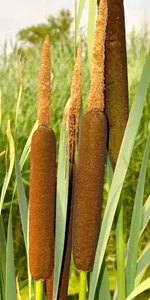
Xiao Tiao Jing Tang
Xiao Tiao Jing Tang
Chinese: 小调经汤
Pinyin: Xiǎo Tiáo Jīng Tāng
Other names: Minor Regulating the Menses Decoction
Number of ingredients: 7 herbs
Formula category: Formulas that regulate Blood
Conditions for which it may be prescribed: Postpartum depression
- Remove Blood Stagnation
- Nourishes Blood
- Calms the Mind
Source date: 1742 AD
Source book: Golden Mirror of Medicine
The information provided here is not a replacement for a doctor. You shouldn't use it for the purpose of self-diagnosing or self-medicating but rather so you can have a more informed discussion with a professional TCM practitioner.
Xiao Tiao Jing Tang is a 7-ingredient Chinese Medicine formula with White Peony Roots (Bai Shao) and Dong Quai (Dang Gui) as principal ingredients.
Invented in 1742 AD, it belongs to the category of formulas that regulate Blood. Its main actions are: 1) remove Blood Stagnation and 2) nourishes Blood.
In Chinese Medicine health conditions are thought to arise due to "disharmonies" in the body as a system. These disharmonies are called "patterns" and the very purpose of herbal formulas is to fight them in order to restore the body's harmony.
In this case Xiao Tiao Jing Tang is used by TCM practitioners to fight patterns like Heart Blood Stagnation. From a Western Medicine standpoint, such patterns can give rise to a range of conditions such as postpartum depression for instance.
On this page, after a detailed description of each of the seven ingredients in Xiao Tiao Jing Tang, we review the patterns and conditions that Xiao Tiao Jing Tang helps treat.
The seven ingredients in Xiao Tiao Jing Tang
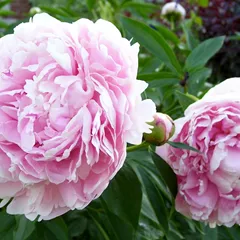
Bai Shao is a king ingredient in Xiao Tiao Jing Tang. Like the name indicates, it means it has more power than other ingredients in the formula.
1. White Peony Roots (Bai Shao)
Part used: Dried root
Nature: Neutral
Meridian affinity: LiverSpleen
Category: Tonic herbs for Blood Deficiency
In general Bai Shao's main actions are as follows: "Tonifies the Blood and preserves the Yin. Nourishes the Liver and assists in the smooth flow of Qi. Regulates the meridians and eases the pain."
In the context of Xiao Tiao Jing Tang, it is used because it nourishes Blood.
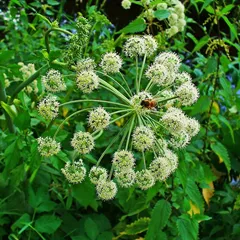
Dang Gui is a king ingredient in Xiao Tiao Jing Tang. Like the name indicates, it means it has more power than other ingredients in the formula.
2. Dong Quai (Dang Gui)
Part used: Dried root
Nature: Warm
Meridian affinity: HeartLiverSpleen
Category: Tonic herbs for Blood Deficiency
In general Dang Gui's main actions are as follows: "Tonifies the Blood. Lubricates the Intestines. Relieve constipation. Promotes circulation and dispels Bi Pain. Reduce Dysmenorrhea and help with irregular menstruation."
In the context of Xiao Tiao Jing Tang, it is used because it nourishes Blood.
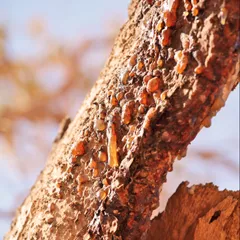
3. Myrrh (Mo Yao)
Part used: Dried resin of the tree
Nature: Neutral
Taste(s): Bitter
Meridian affinity: SpleenHeartLiver
Category: Herbs that invigorate the Blood
In general Mo Yao's main actions are as follows: "Moves Blood and relieves Stagnation and pain caused by Blood Stagnation. Assists in wound healing."
In the context of Xiao Tiao Jing Tang, it is used because it invigorates Blood and eliminate Blood Stagnation.
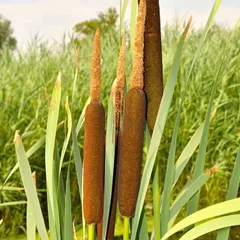
4. Cattail Pollen (Pu Huang)
Part used: Dried pollen
Nature: Neutral
Taste(s): Sweet
Meridian affinity: SpleenHeartLiverPericardium
Category: Herbs that stop bleeding
In general Pu Huang's main actions are as follows: "Stops bleeding by Cooling pathogenic Heat. Moves Blood and relieves Blood Stagnation."
In the context of Xiao Tiao Jing Tang, it is used because it invigorates Blood and eliminate Blood Stagnation. It also calms the Mind.
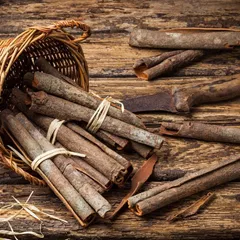
5. Cinnamon Bark (Rou Gui)
In general Rou Gui's main actions are as follows: "Warms the Spleen and Kidneys and tonifies the Yang. Expels Cold, Warms the meridians, promotes circulation of Qi and Blood and relieves pain. Used with tonics to assist in the generation of Qi and Blood."
In the context of Xiao Tiao Jing Tang, it is used because it creates Qi and Blood.
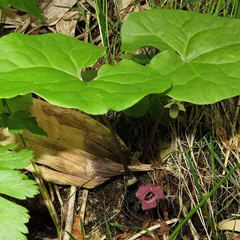
6. Wild Ginger (Xi Xin)
In general Xi Xin's main actions are as follows: "Relieves the Exterior and warms the Yang. Expels Cold and relieves pain. Warms the Lungs and reduces Phlegm. Moves the Qi and disperses Phlegm to open the nasal passages."
In the context of Xiao Tiao Jing Tang, it is used because it opens the Mind's orifices thanks to its pungent nature.
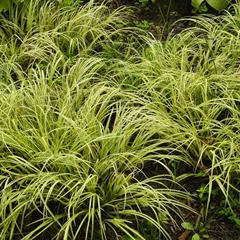
7. Sweetflag Rhizomes (Shi Chang Pu)
Part used: Dried rhizome
Nature: Warm
Taste(s): Bitter
Meridian affinity: StomachHeartLiver
Category: Herbs that open the Orifices
In general Shi Chang Pu's main actions are as follows: "Opens the Orifices, awakens the Mind (Shen) and expels Wind-Damp Phlegm. Harmonizes the Earth element and dispels Damp. Applied internally or externally for Wind-Cold-Damp painful obstruction."
In the context of Xiao Tiao Jing Tang, it is used because it opens the Mind's orifices.
Xiao Tiao Jing Tang is used to treat Heart Blood Stagnation
It's important to remember that herbal formulas are meant to treat patterns, not "diseases" as understood in Western Medicine. According to Chinese Medicine patterns, which are disruptions to the body as a system, are the underlying root cause for diseases and conditions.
As such Xiao Tiao Jing Tang is mostly used to treat the pattern "Heart Blood Stagnation" which we describe below.
But before we delve into Heart Blood Stagnation it is worth mentioning that it is often associated with the condition "postpartum depression". Again it wouldn't be correct to say "Xiao Tiao Jing Tang treats postpartum depression". Rather, Xiao Tiao Jing Tang is used to treat Heart Blood Stagnation, which is sometimes the root cause behind postpartum depression.
Now let's look at Heart Blood Stagnation, a pattern that TCM practitioners commonly treat with Xiao Tiao Jing Tang.
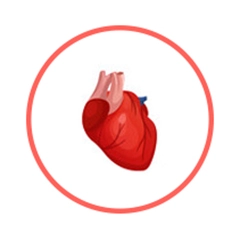
The Heart is a so-called "Zang" Organ. Learn more about the Heart in Chinese Medicine
Heart Blood Stagnation
Pulse type(s): Knotted (Jie)
Tongue color: Bluish-Purple
Symptoms: Mania Delusions Cold hands Purple lips Purple face Palpitations Purple nails Aggressiveness Hallucinations Suicidal thoughts Chest constriction Stabbing chest pain Destructive thoughts Blaming oneself and others Lack of bonding with the newborn Feeling of oppression of the chest
Xiao Tiao Jing Tang is sometimes prescribed by TCM practitioners to treat Heart Blood Stagnation. This pattern leads to symptoms such as stabbing chest pain, chest constriction, feeling of oppression of the chest and palpitations. Patients with Heart Blood Stagnation typically exhibit knotted (Jie) pulses as well as Purple entirely or just on the side .
It is characterized by symptoms such as palpitations, chest pressure and stiffness as well as sharp stabbing pain in the chest, which can spread to the inner area of the left arm or to the shoulder. Since the Blood doesn't flow smoothly, it reflected by the purple or dark color on lips, face,... read more about Heart Blood Stagnation
Formulas similar to Xiao Tiao Jing Tang
Ren Shen Dang Gui Tang is 43% similar to Xiao Tiao Jing Tang
Dang Gui Si Ni Tang is 43% similar to Xiao Tiao Jing Tang
Shao Fu Zhu Yu Tang is 40% similar to Xiao Tiao Jing Tang
Shao Yao Tang is 33% similar to Xiao Tiao Jing Tang
Shi Quan Da Bu Tang is 30% similar to Xiao Tiao Jing Tang
Xiao Yao San is 29% similar to Xiao Tiao Jing Tang



